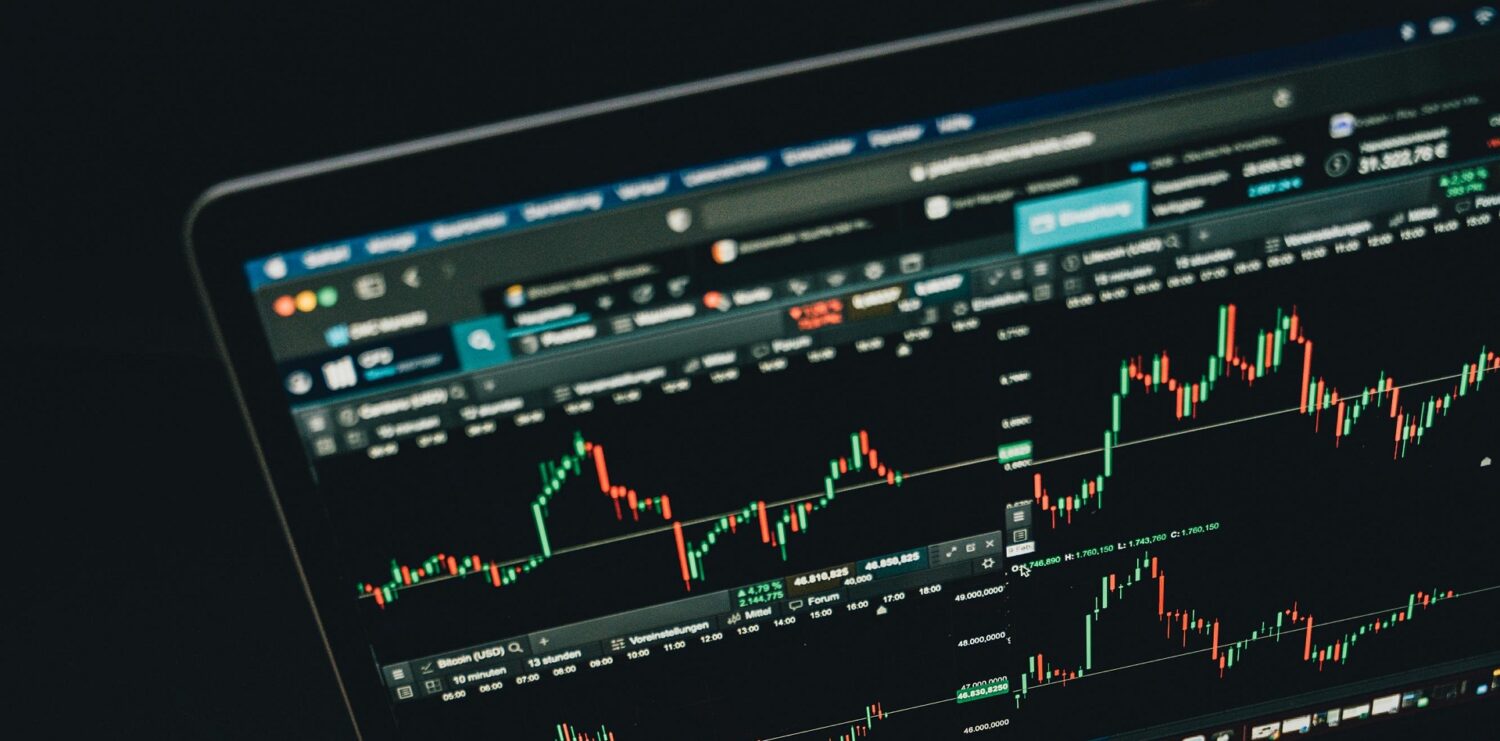Yield is a measure of the income generated by an investment over a particular period of time. It is expressed as a percentage of the investment’s cost, current market value, or face value. Yield includes the interest earned or dividends received from holding a particular security. Depending on the valuation (fixed vs. fluctuating) of the…
Technical analysis
Technical analysis is a method of analyzing market data to forecast future price movements. Technical analysts examine historical price charts, volume, and other market data to identify patterns that may repeat in the future. Technical analysis is based on the belief that past price movements can be used to predict future price movements. There are…
Strike price
In the context of options, the strike price is the price at which the option holder can buy or sell the underlying security. The strike price is specified when the option is purchased and remains the same for the life of the option. For example, if you buy a call option with a strike price…
Stock
A stock is a type of security that represents a proportionate claim on the assets and earnings of a company. When you buy a stock, you become a part-owner or shareholder of the company. Stocks are issued by companies to raise capital for various purposes, such as expanding their business, paying off debt, or funding…
Short selling
Short selling is a financial strategy where an investor sells a security they do not own, with the hope of buying it back at a lower price in the future and pocketing the difference. This is the opposite of buying a security, where an investor buys a security with the hope of selling it at…
Quote: The current price of a stock
The current price of a stock is the price at which it is currently trading on the stock market. The current price of a stock can change throughout the day as buyers and sellers make offers and bids for the stock. The current price of a stock is important for investors to know because it…
Preferred stock
Preferred stock is a hybrid security that has some features of both debt and equity. Like debt, preferred stock has a fixed dividend that must be paid before any dividends are paid to common shareholders. However, like equity, preferred stockholders have a claim on the company’s assets in the event of bankruptcy. There are many…
Penny stock
A penny stock is a stock that trades for less than $5 per share. Penny stocks are often traded over-the-counter (OTC), meaning they are not listed on a major stock exchange. Penny stocks are considered to be high-risk investments because they are often thinly traded and there is less information available about the companies that…
Over-the-counter (OTC) market
An over-the-counter (OTC) market is a decentralized marketplace for trading securities and other financial instruments. It is not a physical location, but rather a network of dealers and brokers who trade directly with each other. OTC markets are used to trade a wide variety of securities, including stocks, bonds, options, and derivatives. They are also…
Order: A request to buy or sell a stock
An order is a request to buy or sell a stock. It is a way for investors to communicate their investment intentions to a broker or exchange. Orders can be placed for a variety of reasons, such as to take advantage of a perceived opportunity, to hedge against risk, or to simply manage an existing…
Market capitalization
Market capitalization, also known as market cap, is the total value of all outstanding shares of a company. It is calculated by multiplying the current share price by the number of outstanding shares. Market capitalization is a measure of a company’s size and is often used to compare companies in the same industry. Market capitalization…
Index
An index is a statistical measure of change in a securities market or a particular segment of the market. It is a way of measuring the performance of a group of assets. Indexes are used by investors to track the performance of the market as a whole, or to compare the performance of different asset…
